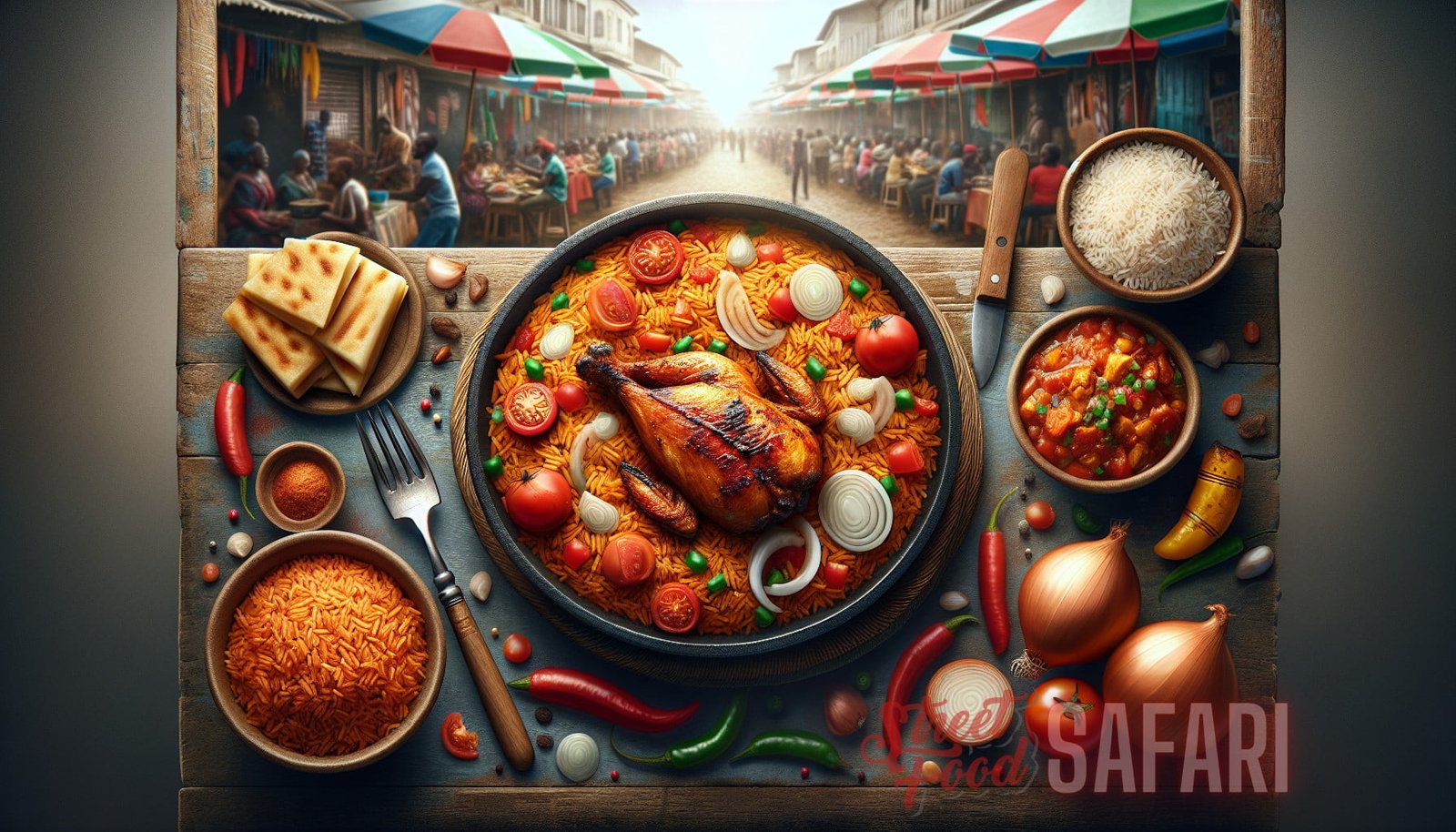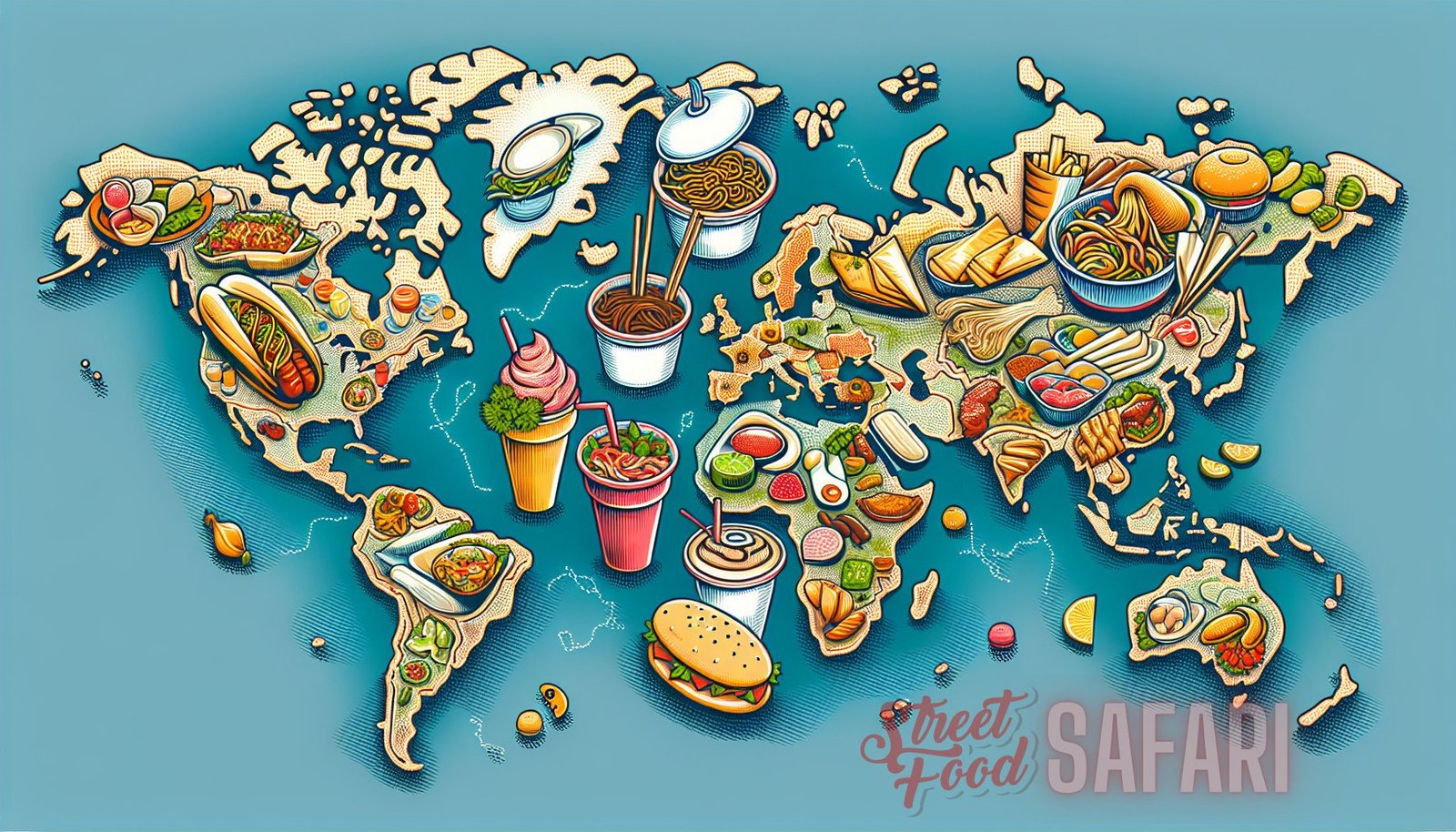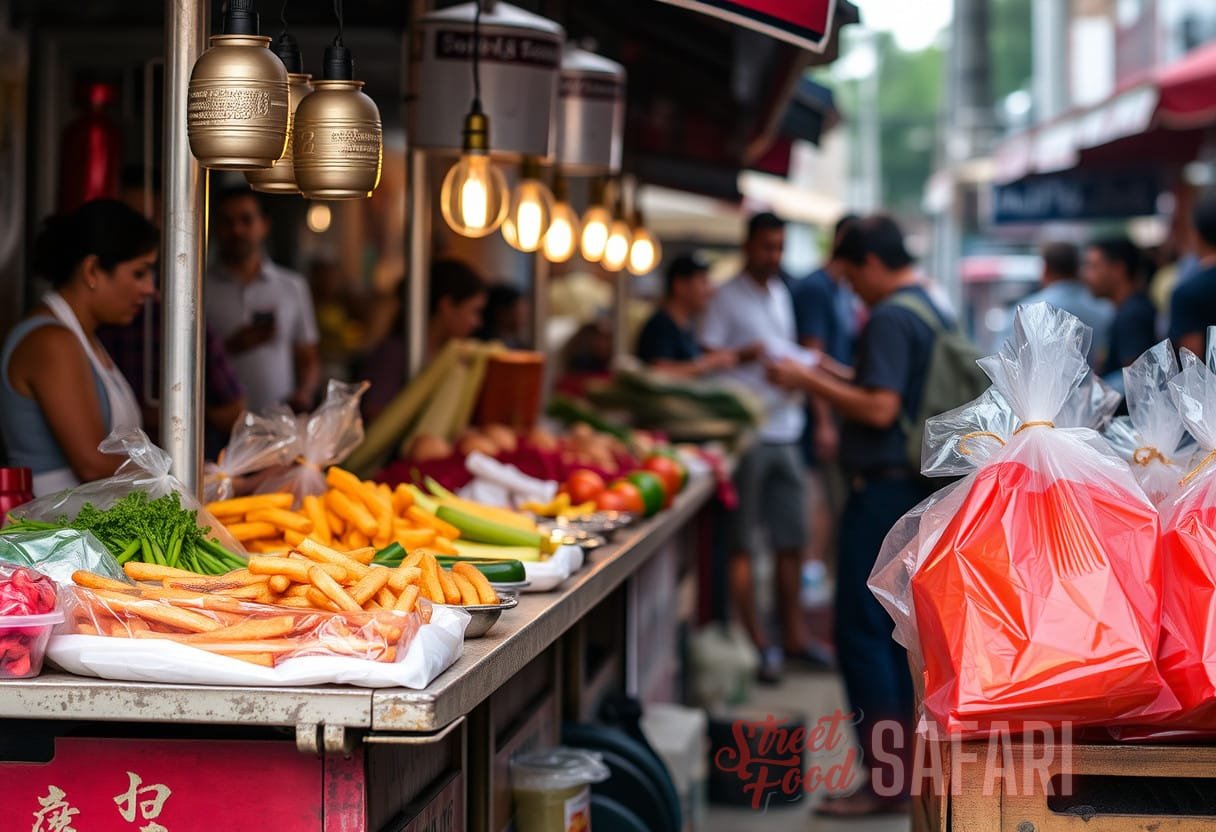A Journey of Tastes: Exploring the Surprising Cultural Tapestry Behind Street Food
Street food is a vibrant and integral part of food culture around the world. It’s a culinary journey that takes you through the narrow lanes and bustling markets of different countries, offering a diverse range of flavors and textures. From savory snacks to mouthwatering desserts, street food is a delightful experience for both locals and tourists alike. In this article, we delve deep into the surprising cultural tapestry behind street food, exploring its origins, influences, and the unique flavors that make it so popular.
The Origins of Street Food
Street food has a long and fascinating history that dates back centuries. It has its roots in ancient civilizations, where traders, soldiers, and travelers would set up makeshift food stalls to cater to their hunger. The concept of street food spread across civilizations, evolving and adapting to suit the local tastes and ingredients.
One of the earliest documented instances of street food can be traced back to ancient Rome, where street vendors known as “tavernarii” would serve hot meals to the public. These vendors played a crucial role in feeding the growing urban population.
As trade routes opened up between different parts of the world, street food became a melting pot of flavors and culinary techniques. Influences from different cultures merged and gave birth to unique dishes that continue to be enjoyed today.
The Cultural Tapestry of Street Food
Street food is a reflection of the diverse cultures and traditions of the regions it hails from. Each country has its own unique street food culture, with a myriad of flavors and techniques. Let’s take a culinary journey around the world and explore the surprising cultural tapestry of street food:
Asia:
Asia is a continent known for its bustling street food scenes. From hawker centers in Singapore to food stalls in Thailand, street food is an integral part of the region’s culinary landscape. Here are some iconic street flavors from Asia:
- Pad Thai (Thailand): A delicious stir-fried noodle dish made with rice noodles, shrimp, tofu, bean sprouts, and peanuts. It is flavored with a combination of tamarind, fish sauce, and lime.
- Banh Mi (Vietnam): A crusty French baguette filled with a variety of ingredients, such as grilled pork, pate, pickled vegetables, cilantro, and chili sauce. It is a perfect balance of sweet, savory, and tangy flavors.
- Ramen (Japan): A hearty bowl of noodles served in a rich broth, topped with slices of tender pork, bamboo shoots, nori seaweed, and green onions. Ramen has become a global phenomenon, with different regional variations.
Middle East:
The Middle East is known for its rich and aromatic cuisine, and street food is no exception. Here are some popular Middle Eastern street flavors:
- Falafel (Lebanon): Crispy deep-fried balls made from ground chickpeas, onions, and herbs. They are usually served inside pita bread, along with tahini sauce, salad, and pickles.
- Shawarma (Lebanon): Succulent strips of marinated meat (usually chicken or lamb) roasted on a vertical spit. The meat is thinly sliced and served in a wrap with pickles, garlic sauce, and tomatoes.
- Hummus (Lebanon): A creamy dip made from mashed chickpeas, tahini, lemon juice, and garlic. It is often served with warm pita bread or fresh vegetables.
Africa:
Africa has a diverse culinary landscape, with street food playing a vital role in showcasing the flavors and traditions of the continent. Here are some popular street flavors from Africa:

- Jollof Rice (West Africa): A flavorful one-pot dish made with long-grain rice, tomatoes, onions, and a medley of spices. Jollof rice is often accompanied by grilled chicken or fish, and it is a staple at street food stalls.
- Samosa (North Africa): A crispy pastry filled with a savory mixture of spiced potatoes, onions, peas, and meat (usually beef or chicken). Samosas are often served as an appetizer or snack.
- Braai (South Africa): Known as a South African barbecue, the braai is a social gathering centered around grilling meat and enjoying the company of friends and family. It is a popular street food culture in South Africa.
Latin America:
Latin America is a treasure trove of vibrant and flavorful street food. Each country has its own unique specialties that are cherished by locals and tourists alike. Here are some popular street flavors from Latin America:
- Tacos (Mexico): Soft corn tortillas filled with a variety of ingredients, such as grilled meat, salsa, guacamole, and cheese. Tacos are a staple of Mexican street food and come in numerous regional variations.
- Empanadas (Argentina): Flaky pastry turnovers filled with a savory mixture of meat, cheese, and vegetables. They are often served as snacks or appetizers in Argentina and other South American countries.
- Arepas (Venezuela): Thick cornmeal patties that are grilled or fried, then stuffed with a variety of fillings, such as shredded beef, cheese, black beans, and avocado. Arepas are a beloved street food in Venezuela.
These are just a few examples of the vast tapestry of street food flavors found around the world. Each country has its own unique dishes and culinary traditions that have been passed down through generations.
The Influence of Street Food on Global Cuisine
Street food has had a significant influence on global cuisine, contributing to the popularity of certain dishes and techniques. Let’s explore some ways in which street food has shaped the culinary world:
- Global Fusion: Street food has played a crucial role in the fusion of different culinary traditions and flavors. It has brought together ingredients and techniques from different cultures to create unique and innovative dishes.
- Popularity of Food Trucks: Street food vendors have embraced the concept of food trucks, which have become a popular trend in urban centers around the world. Food trucks allow vendors to take their street flavors on the go, reaching a wider audience.
- Increasing Demand for Authenticity: In today’s food culture, there is a growing demand for authentic and traditional flavors. Street food, with its rich history and cultural significance, has become a symbol of authenticity and local cuisine.
- Influence on Fine Dining: Street food has also made its way into high-end restaurants, with chefs drawing inspiration from the bold flavors and techniques found on the streets. The blending of street food and fine dining has resulted in unique culinary experiences.
Conclusion
Street food is a fascinating and delicious journey that takes you around the world, unveiling the rich tapestry of cultures and flavors that make up our global food culture. From Asia to Africa, from the Middle East to Latin America, street food offers a glimpse into the culinary traditions and local ingredients that shape our favorite dishes. Whether you’re a seasoned traveler or an armchair foodie, exploring the surprising cultural tapestry behind street food is a mouthwatering experience that will leave you craving for more.
So, the next time you come across a street food stall, don’t hesitate to try out the diverse street flavors, and embark on your own culinary adventure.
For more insights into the wonders of street food culture, check out these articles:
- Global Street Eats: A Guide to the Best Street Food Around the World
- Taste Journeys: Discovering the Stories Behind Iconic Street Food
With its origins steeped in history and its flavors available in every corner of the globe, street food is a culinary adventure waiting to be explored.



